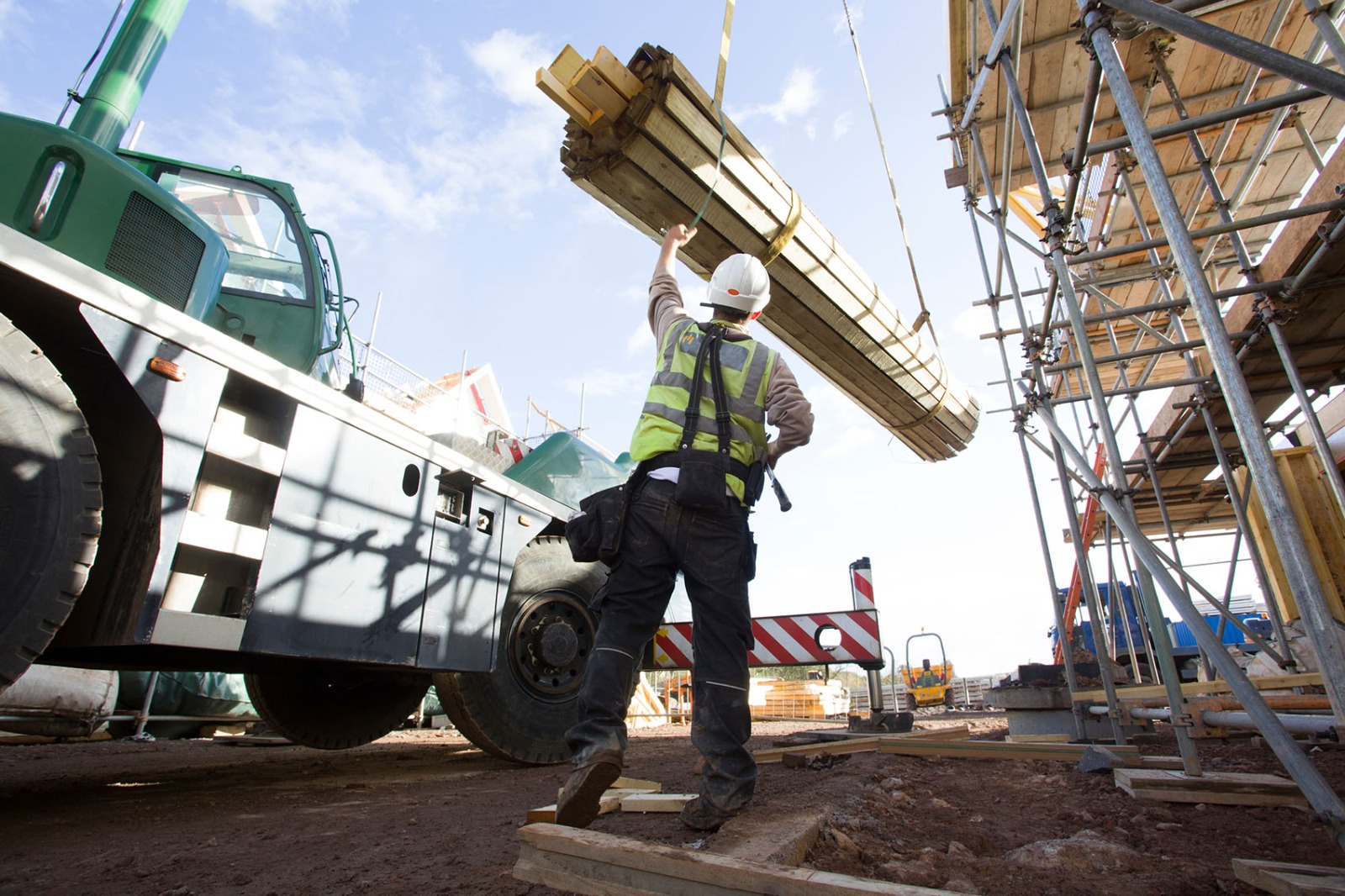Austin has long been a hub of growth and innovation, and its construction industry reflects this vibrant energy. As the city expands, various sectors within the austin construction market are experiencing rapid growth. Understanding these booming sectors is crucial for investors, contractors, and residents who want to stay ahead in this dynamic environment. At ABC Central Texas, we dive deep into the top five Austin construction sectors that are shaping the city’s landscape today.
1. Residential Construction: Meeting Austin’s Housing Demand
One of the most significant drivers of the Austin construction industry is residential development. Austin’s population continues to swell due to its thriving economy, tech industry presence, and attractive lifestyle. This growth fuels a strong demand for new housing, including single-family homes, townhouses, and multi-family apartment complexes.
The rise in residential construction includes both affordable housing projects and luxury developments catering to diverse demographics. Builders are incorporating sustainable building practices and smart home technologies to attract eco-conscious buyers. The demand for residential construction in Austin remains robust, making it a prime sector for growth.
2. Commercial Construction: Expanding Business Infrastructure
As Austin solidifies its reputation as a tech and business hub, commercial construction is booming. This sector includes office buildings, retail spaces, and mixed-use developments that cater to the city’s expanding corporate and entrepreneurial landscape.
Developers are focused on creating versatile workspaces that encourage collaboration and innovation. There is also a notable increase in adaptive reuse projects where older buildings are transformed into modern commercial properties. With Austin’s growing business scene, commercial construction remains a key contributor to the city’s economic development.
3. Infrastructure Development: Supporting a Growing City
To accommodate the rapid urbanization, Austin is heavily investing in infrastructure construction. This includes road expansions, bridge repairs, public transit improvements, and utility upgrades. These projects ensure that the city’s transportation network and essential services can meet increasing demand.
Infrastructure construction is critical to Austin’s long-term growth strategy, aiming to reduce congestion, improve connectivity, and enhance public safety. As funding continues to be allocated toward infrastructure, this sector offers significant opportunities for construction firms and contractors in the region.
4. Institutional Construction: Building for the Future
Austin’s educational institutions, healthcare facilities, and government buildings are undergoing extensive construction projects. This institutional sector is expanding to meet the needs of a growing population and to modernize facilities.
Universities are investing in new academic buildings and dormitories. Hospitals and clinics are upgrading their infrastructures to accommodate advanced medical technologies and increasing patient volumes. Government agencies are also building or renovating offices to support public services efficiently. The institutional construction sector is vital for Austin’s community development and quality of life.
5. Green Building and Sustainable Construction: Leading the Way
Sustainability is a major focus within the Austin construction industry. Green building practices and sustainable construction methods are becoming the norm rather than the exception. Developers and contractors are prioritizing energy efficiency, environmentally friendly materials, and water conservation.
Austin has set ambitious environmental goals, which are reflected in the construction sector. LEED-certified buildings and net-zero energy projects are increasingly common. This commitment to sustainability not only reduces the environmental impact but also attracts forward-thinking clients and investors.
Why Austin Construction is a Key Investment Opportunity
The Austin construction market is flourishing due to a combination of demographic growth, economic vitality, and strategic city planning. Investors and professionals engaged in Austin construction benefit from a diversified and resilient market that includes residential, commercial, infrastructure, institutional, and sustainable building sectors.
By understanding these booming sectors, stakeholders can make informed decisions that align with Austin’s future development trends. The diversity of opportunities within Austin construction ensures long-term growth and stability.
Conclusion
Austin’s construction industry is experiencing dynamic growth across multiple sectors. From residential housing to sustainable building, the city is evolving rapidly to meet the needs of its expanding population and vibrant economy. For investors, contractors, and residents, staying informed about these key Austin construction sectors is essential.
ABC Central Texas remains committed to providing timely and insightful information on local industry trends. Whether you’re involved in construction or simply interested in Austin’s growth, these five booming sectors are shaping the city’s future. Act now to capitalize on the opportunities within Austin construction and contribute to the city’s ongoing success. Your journey starts at our homepage—check it out today.
Frequently Asked Questions (FAQ)
Q1: What factors are driving the growth of Austin construction?
Austin’s population growth, strong economy, tech industry expansion, and city infrastructure investments are the primary drivers behind the booming construction market.
Q2: How important is sustainable construction in Austin?
Sustainable construction is increasingly important in Austin, with many projects focusing on energy efficiency, green certifications, and environmental responsibility to meet city goals and client demand.
Q3: Which Austin construction sector offers the most job opportunities?
Residential construction currently offers extensive job opportunities due to high housing demand, but infrastructure and commercial sectors are also expanding rapidly.











Leave a Reply